In the dynamic world of interior and exterior design, WPC (Wood-Plastic Composite) wall panels have emerged as a frontrunner, offering a perfect blend of functionality and style. This article aims to provide a comprehensive guide to WPC wall panels, exploring their versatility and aesthetic appeal that positions them as a preferred choice for a myriad of design projects.
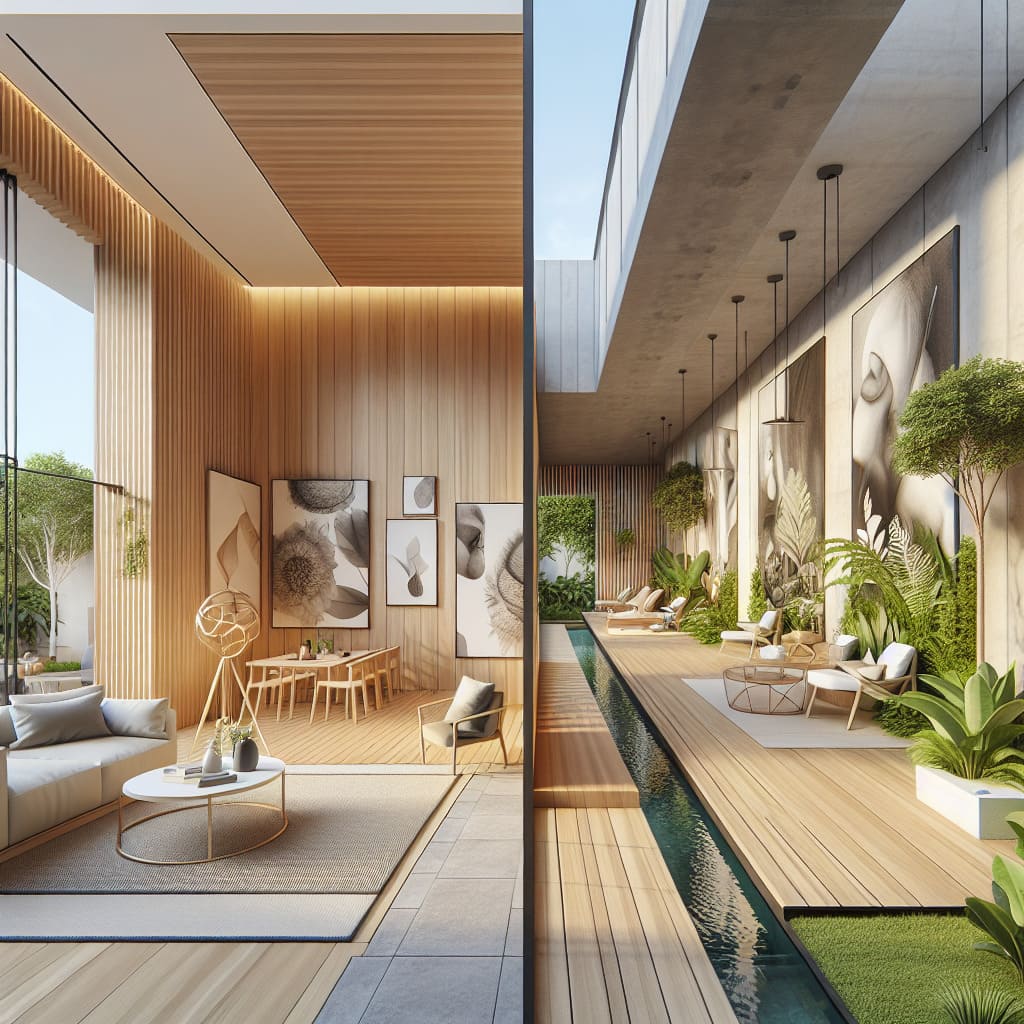
Efficient installation is key to unlocking the full potential of WPC wall panels. Understanding the importance of proper spacing is fundamental to achieving a seamless and visually appealing outcome.
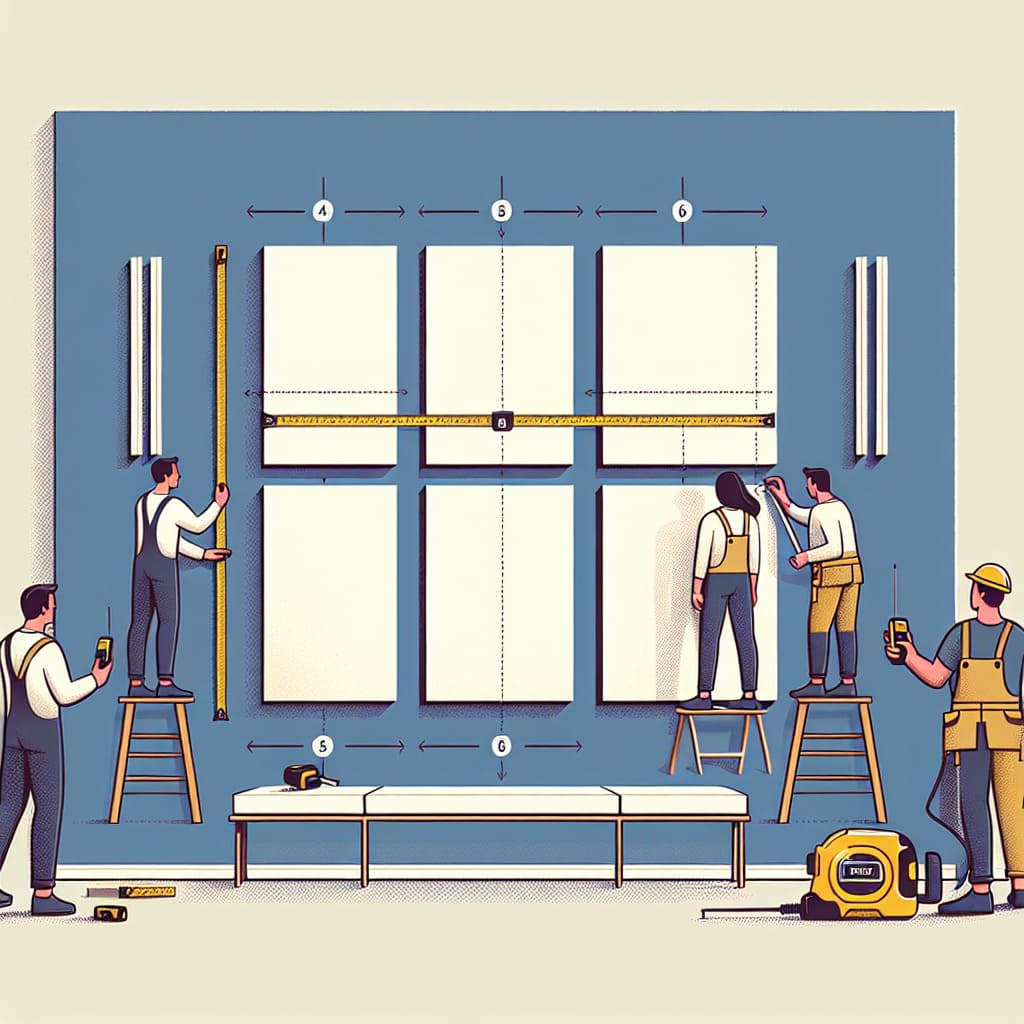
Ensuring the right amount of space between panels is crucial for both the structural integrity and visual coherence of the installation. Proper spacing allows for the natural expansion and contraction of materials, a factor particularly significant in areas with temperature variations.
A recommended gap size of 1/8 to 1/4 inch strikes the balance between aesthetic precision and functional flexibility. This range accounts for material movements, preventing warping or buckling over time. The result is a polished finish that stands the test of time.
Pre-Planning: Before installation, carefully plan the layout of panels to identify potential challenges and ensure a balanced distribution.
Use Spacers: Employing spacers during installation is a practical technique to maintain uniform gaps. Spacers provide a visual guide, enhancing precision and reducing the likelihood of uneven spacing.
Regular Checks: Periodically assess the spacing as you progress with the installation. This allows for immediate adjustments and ensures that any deviations are corrected promptly.
Consult Manufacturer Guidelines: Always refer to the manufacturer's guidelines for specific recommendations regarding panel spacing. Manufacturers often provide insights tailored to their product specifications.
By adhering to these guidelines and incorporating these practical tips, you can achieve a professional and visually pleasing installation of WPC wall panels in your space.
Stay tuned for the subsequent sections of this guide, where we delve into more aspects of WPC wall panels, answering key questions to empower you in making informed design decisions.
WPC (Wood-Plastic Composite) panels have significantly evolved in the realm of interior design, offering a harmonious blend of aesthetics and durability. While their primary application is geared towards interior spaces, advancements in technology have introduced specially treated or coated WPC panels that make them suitable for exterior use.
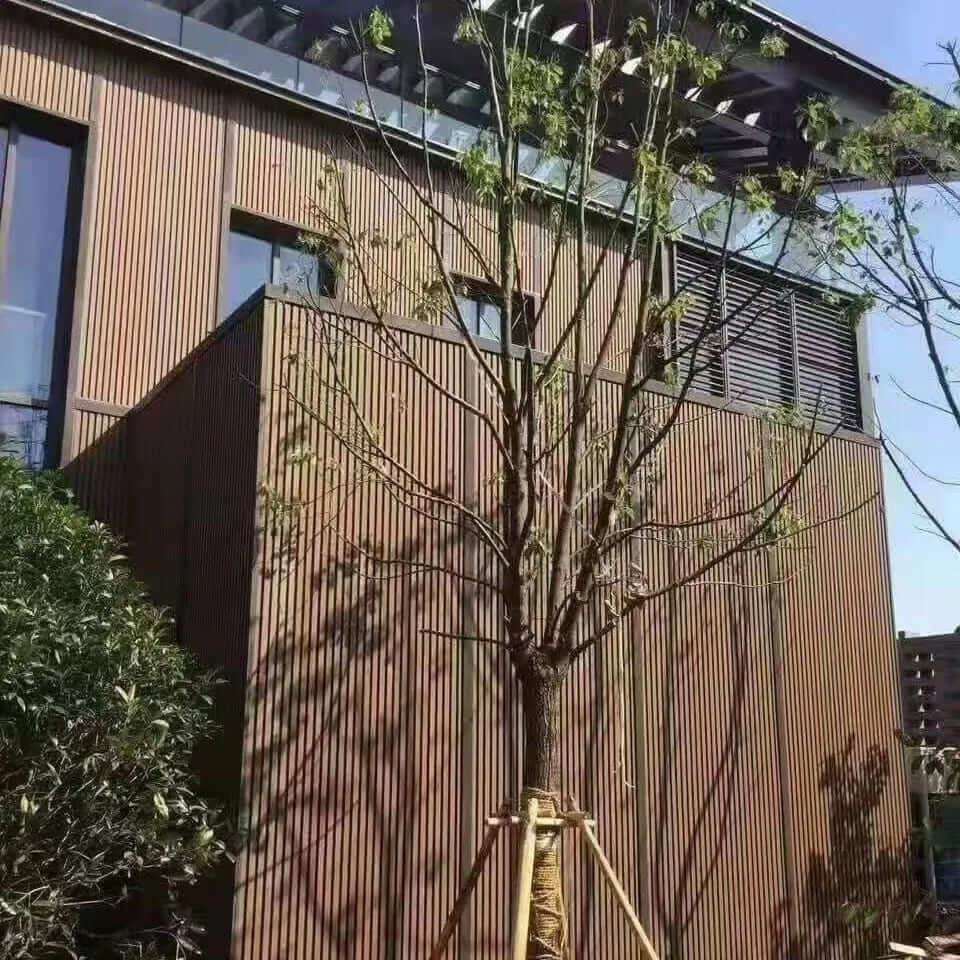
WPC panels have gained prominence in interior design due to their versatility, providing an elegant and contemporary touch to indoor spaces. Their ability to mimic the appearance of natural wood while offering enhanced durability has positioned them as a preferred choice for various residential and commercial projects.
Recognizing the demand for exterior applications, manufacturers have developed specialized treatments or coatings to bolster the resilience of WPC panels against outdoor elements. These treatments often involve protective layers that shield the panels from moisture, UV rays, and temperature fluctuations, ensuring their longevity in exterior settings.
While advancements have expanded the potential uses of WPC panels, it is crucial to exercise caution and diligence when considering them for exterior walls. Here are some cautionary notes and recommendations:
Supplier Guidance: Consult with your WPC panel supplier to ensure that the panels are explicitly designed and rated for exterior use. Manufacturers often provide guidelines and specifications tailored to their products.
Weather Exposure: Consider the specific climate conditions in your region. Extreme weather conditions, such as prolonged exposure to heavy rain or intense sunlight, may impact the performance of WPC panels. Ensure that the chosen panels are engineered to withstand these conditions.
Maintenance Requirements: Understand the maintenance requirements for exterior-rated WPC panels. Regular maintenance may be necessary to preserve the panels' appearance and structural integrity over time.
By exercising due diligence and consulting with suppliers, you can confidently explore the possibility of incorporating WPC panels into your exterior design projects.
Understanding the distinction between WPC (Wood-Plastic Composite) and PVC (Polyvinyl Chloride) wall panels is crucial for making informed decisions in interior design. Let's delve into a comparative analysis to highlight the unique features and advantages of WPC panels.
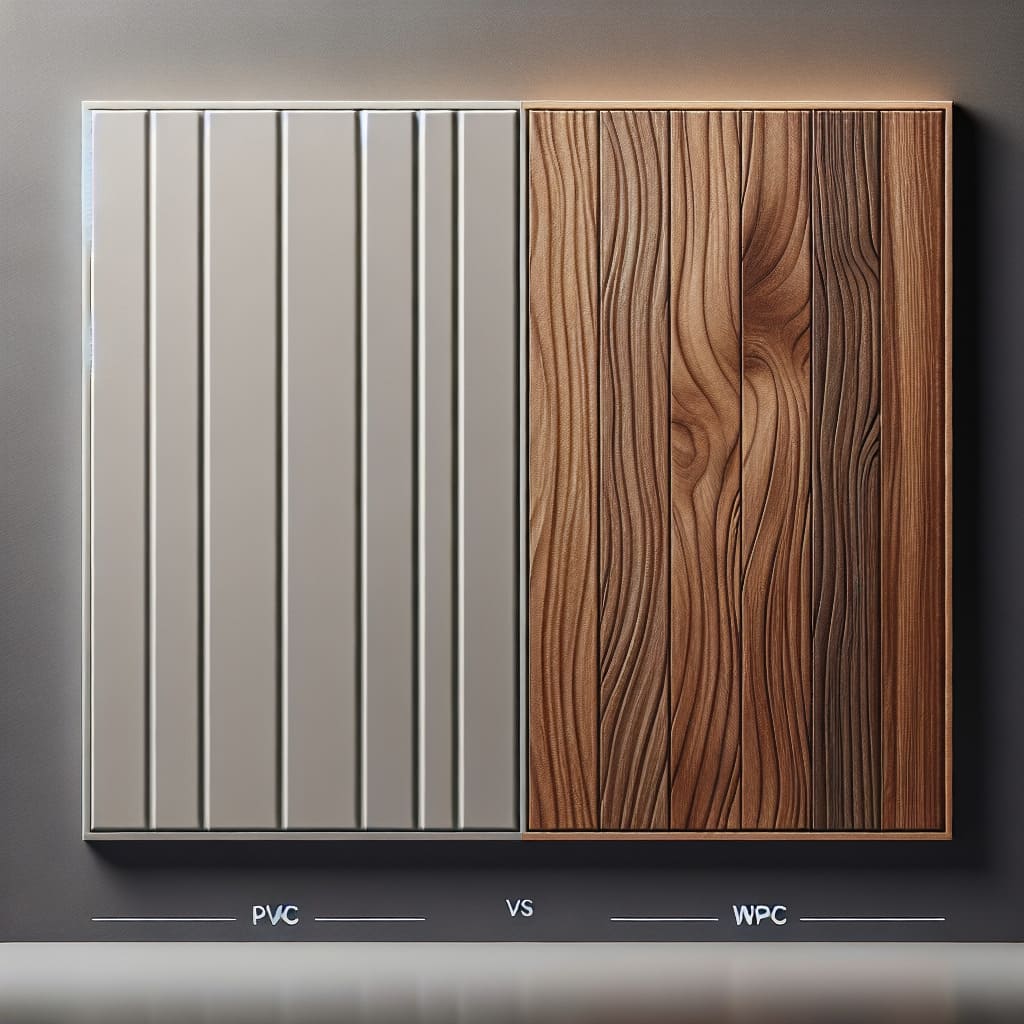
WPC panels, composed of a blend of wood fibers and plastic, strike a harmonious balance between natural aesthetics and heightened durability. The inclusion of wood elements gives them a genuine wood-like appearance, making them visually appealing while providing increased resistance to wear and tear.
In the quest for environmentally friendly materials, WPC panels emerge as a sustainable choice compared to PVC. WPC panels often incorporate recycled wood fibers, reducing the reliance on virgin materials. This eco-friendly aspect, coupled with the longevity of WPC panels, aligns with the growing emphasis on sustainable interior design practices.
In the era of environmentally conscious design, the choice between WPC and PVC extends beyond aesthetics and functionality. Consider the following environmental considerations favoring WPC over PVC:
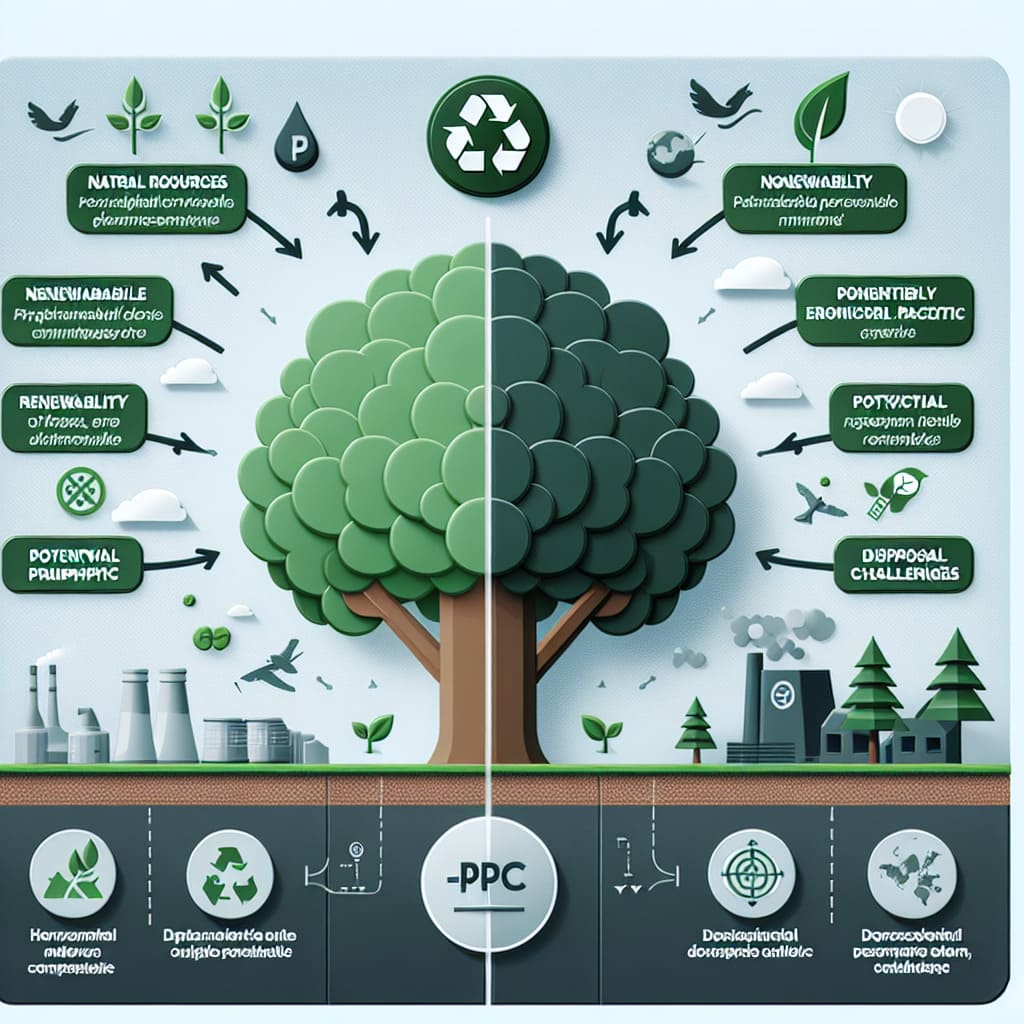
1. Recyclability: WPC panels often incorporate recycled materials, contributing to resource conservation and waste reduction.
In conclusion, the choice between WPC and PVC wall panels should be guided by your specific design needs, environmental considerations, and the desired balance between aesthetics and functionality. Understanding the unique attributes of each material empowers you to make informed decisions that resonate with your design philosophy and sustainability goals.
WPC (Wood-Plastic Composite) panels, renowned for their versatility and aesthetic appeal, come in a variety of standard lengths, providing designers and homeowners with flexibility in their creative endeavors. Let's explore the typical lengths of WPC panels and considerations for choosing the right length for your project.
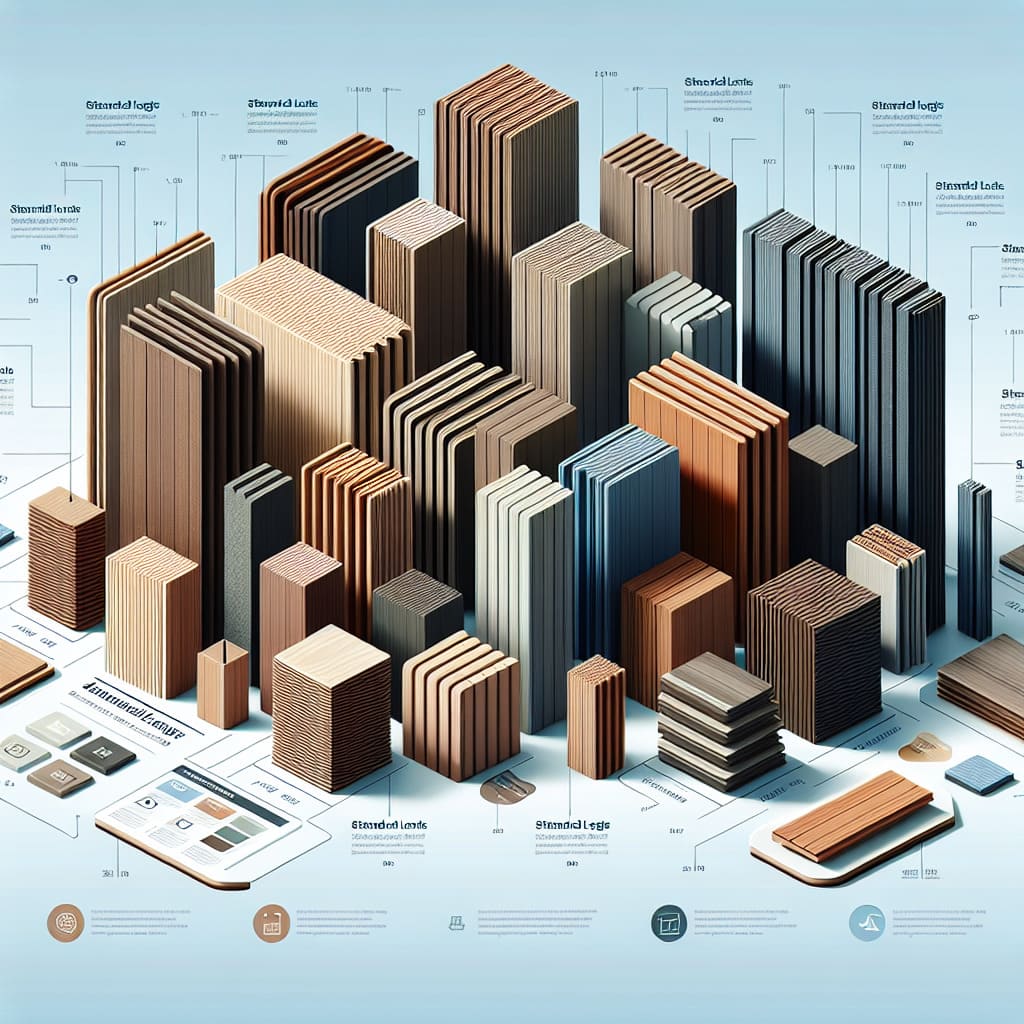
The standard lengths of WPC panels commonly range from 8 to 12 feet. This diversity caters to the varied needs of different spaces and design preferences. Understanding this range allows you to make informed decisions that align with the scale and vision of your project.
When selecting the ideal length for your WPC panels, consider the following factors:
Room Dimensions: Tailor the panel length to the dimensions of the room. Longer panels can create a seamless look in larger spaces, while shorter panels may be more fitting for smaller rooms.
Design Preferences: Assess your design vision and preferences. The length of the panels can influence the visual impact, with longer panels contributing to a more expansive and modern aesthetic.
Installation Efficiency: Longer panels can expedite the installation process by covering more surface area with each panel. This can be advantageous for larger projects where efficiency is a key consideration.
For personalized guidance on panel lengths, it is highly recommended to consult with WPC panel suppliers. Suppliers can offer insights into the specific lengths available for their products and provide recommendations based on the unique requirements of your project.
Incorporating WPC panels of the appropriate length not only enhances the visual coherence of the space but also contributes to the overall efficiency of the installation process. As we delve deeper into the world of WPC wall panels, the next section will focus on the importance of layout for achieving a balanced and aesthetically pleasing result.
Efficient layout planning is paramount to achieving a harmonious and visually appealing result when installing WPC wall panels. In this section, we explore the significance of an efficient layout and provide practical recommendations for a successful installation.
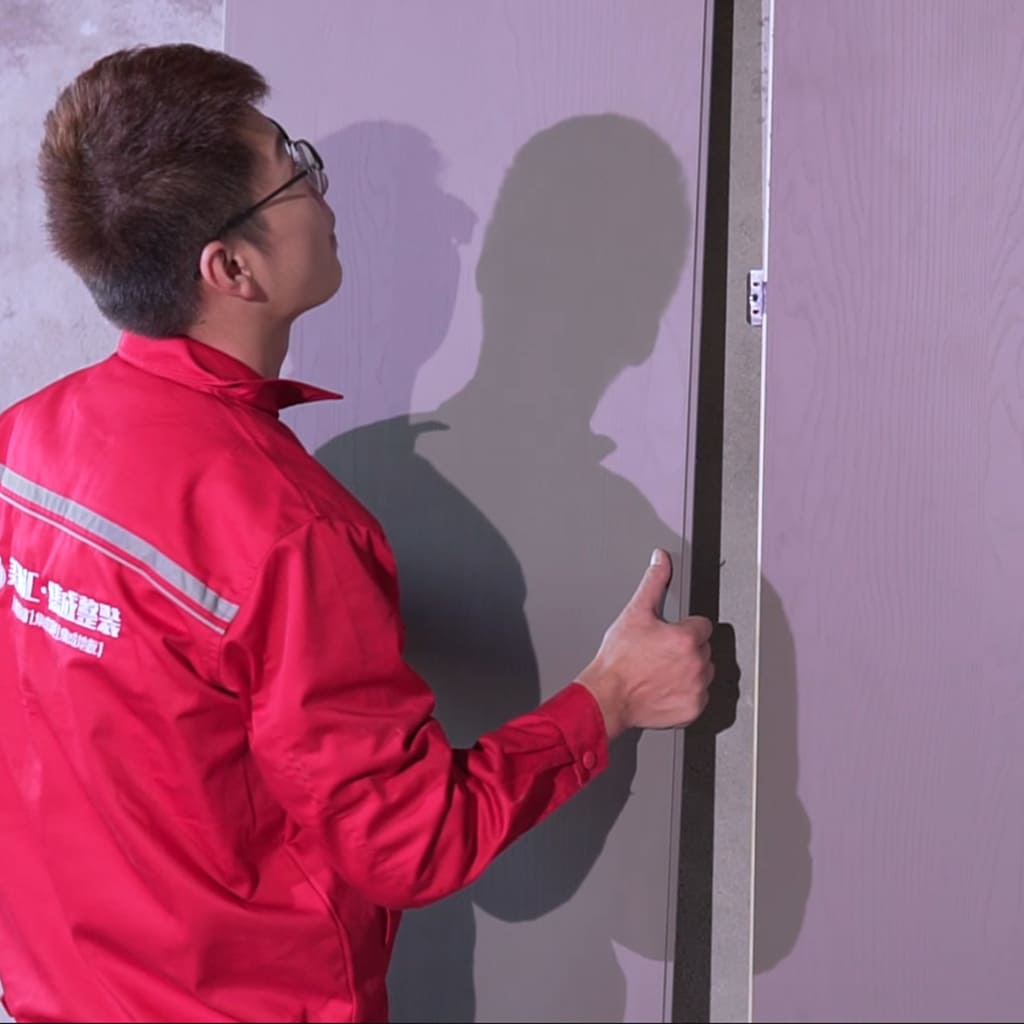
An efficient layout is the foundation of a well-executed paneling project. It ensures that the panels are distributed evenly, creating a balanced and aesthetically pleasing visual impact. An organized layout also contributes to the overall symmetry of the space.
Initiate the layout process by finding the center of the wall. This central point serves as a reference for positioning panels and helps maintain balance on either side. Consider key features like doors and windows during this initial stage.
Before securing the panels in place, it is advisable to conduct a dry-fit. Dry-fitting involves temporarily placing the panels on the wall without attaching them. This allows you to assess the arrangement, make any necessary adjustments, and ensure symmetry before committing to the final installation.
Efficient layout planning, starting from the center and considering key architectural features, combined with the practice of dry-fitting panels, sets the stage for a successful and visually pleasing installation of WPC wall panels. Stay tuned for more insights as we continue to unravel the intricacies of working with WPC panels in your design projects.
In the intricate world of interior design, the choice of WPC (Wood-Plastic Composite) wall panels plays a pivotal role in shaping the ambiance of your space. As we conclude this exploration, it becomes evident that selecting the right WPC wall panel design is a nuanced process that requires a thoughtful analysis and consideration of various factors.
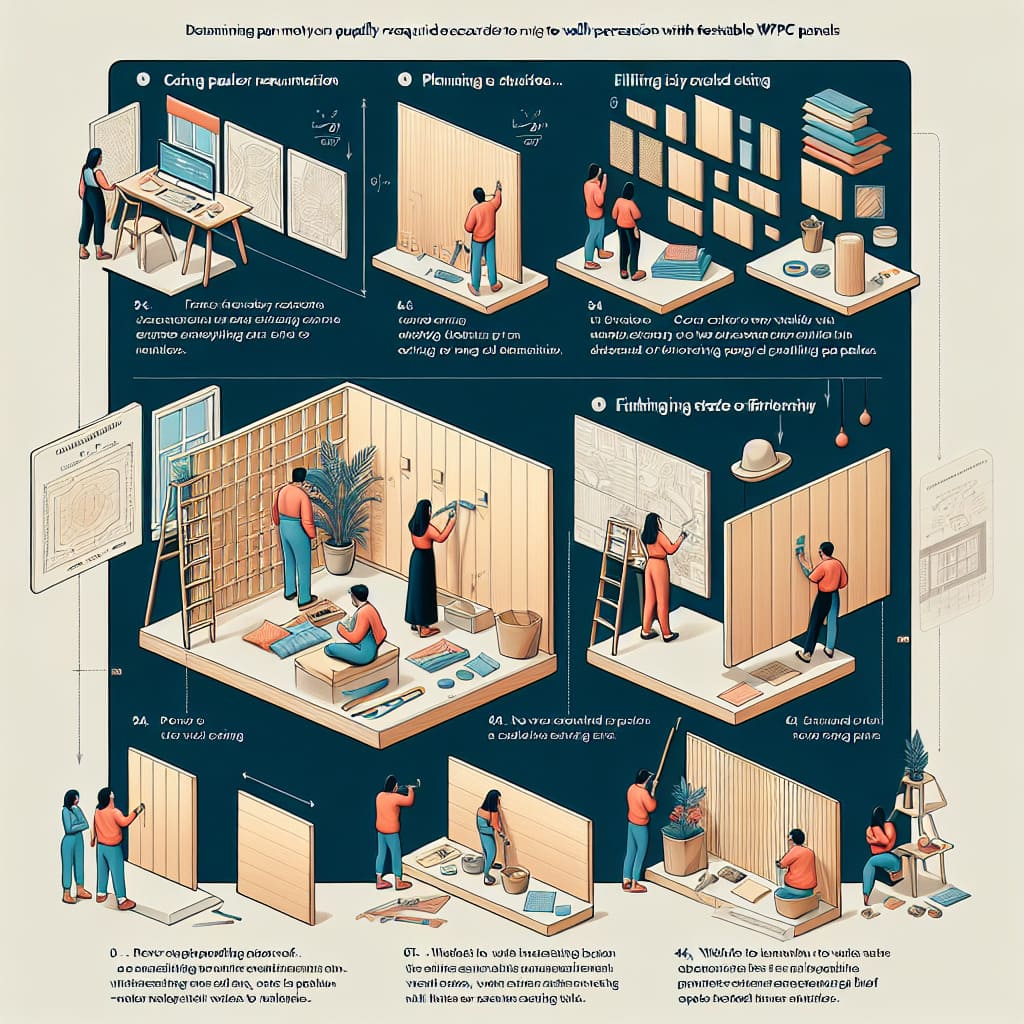
Understanding the unique characteristics of your space is the foundation of a well-informed decision. Whether it's a residential haven or a commercial hub, the dimensions, lighting conditions, and existing elements of the space should all be carefully considered. This analysis lays the groundwork for a design choice that seamlessly integrates with the essence of your environment.
Harmony in design arises when new elements complement the existing ones. The chosen WPC wall panel design should align with the color schemes, textures, and styles already present in the space. By considering existing elements, you create a cohesive visual narrative that feels harmonious and intentional.
The world of design is ever-evolving, with trends that shape the way we perceive and interact with our surroundings. Staying informed about current trends allows you to infuse a touch of contemporary elegance into your space. Whether it's through innovative designs, color palettes, or textures, being in tune with the latest trends ensures that your choice remains relevant and timeless.
In the quest for the perfect WPC wall panel design, it's essential to strike a delicate balance between aesthetic allure and practical functionality. While visual appeal is a paramount consideration, practical needs such as durability, maintenance, and suitability for the intended purpose should not be overlooked. The ideal design not only captivates the eye but also serves its purpose seamlessly.
By threading together these considerations—a thoughtful analysis of space, alignment with existing elements, staying informed about trends, and balancing aesthetics with practicality—you can confidently choose a WPC wall panel design that elevates your space to new heights. The journey of transforming your environment becomes a dynamic and rewarding exploration, where every design choice contributes to the tapestry of your unique and personalized space